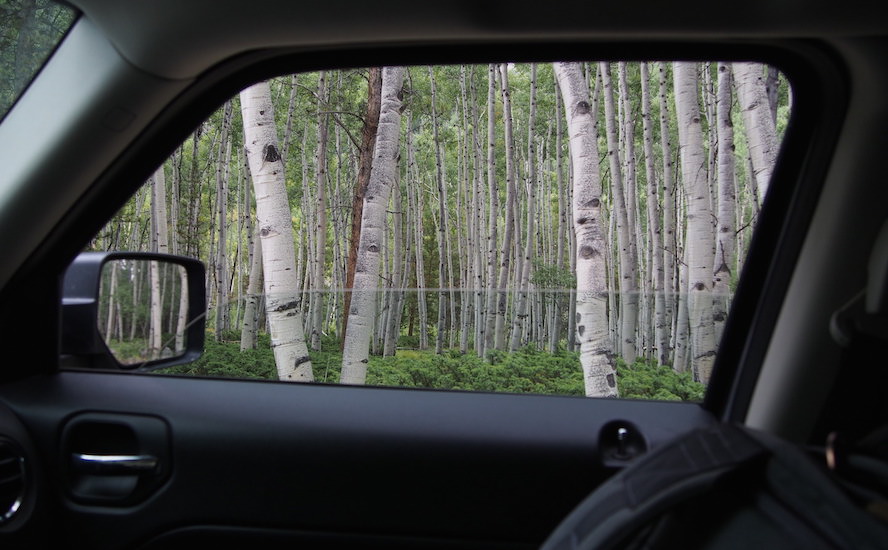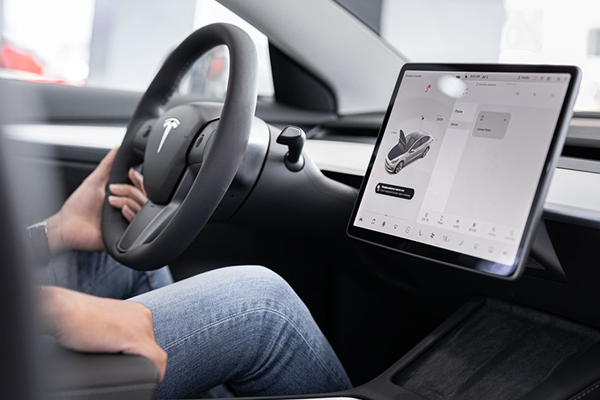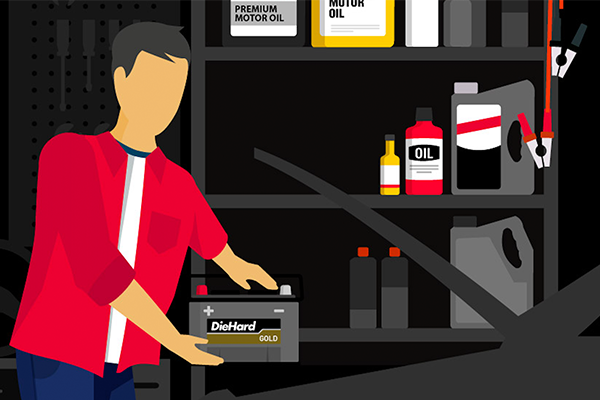The camshaft and crankshaft position sensors are vital for proper engine operation. A failing sensor will often not allow an engine to start, or it will run terribly. Replacement of these sensors costs a few hundred dollars at the dealership, but armed with some DIY knowledge you can save a lot of money.

Subaru cam sensor. Source | Andy Jensen
What the cam & crank sensors do
The camshaft and crankshaft position sensors monitor the location and speed of the camshaft and crankshaft. The camshaft position sensor monitors the rotation speed of the camshaft, which indicates valve position in the combustion cycle, while the crank position sensor monitors speed of crankshaft rotation, which gives piston location. This information lets the PCM know which piston is firing right now, what stoke each piston is in, what the timing should be, which fuel injector to fire and when, and other parameters of precise engine control.

Source | Andy Jensen
Camshaft & crankshaft sensor signs of failure

Source | Andy Jensen
The sensor's intricate internal components take a lot of heat and vibration from the engine, eventually causing them to wear out. Both sensors usually fail gradually, as the signal to the PCM weakens. Symptoms of a failing cam or crank sensor are generally the same, and include poor acceleration and gas mileage, misfires, rough idle, stalling, and a check engine light. When the camshaft position sensor fails completely, the engine will not start or will shut off if it fails during operation. If the crankshaft position sensor fails, the engine may not start, or will have excessive vibration if it operates. Common error codes are P0340 for camshaft sensor, and P0335 for crank sensor. If you get a check engine light and symptoms of sensor failure like a misfire, do not drive the vehicle until the sensor is replaced. Driving with a faulty cam or crank sensor can cause damage to the engine or other components.
Camshaft & crankshaft sensor locations
Depending on the engine, your sensors may be visible when you pop the hood, or they could be buried under engine components. A repair manual can help you quickly find what you're looking for, so grab one if you do not already own one. If winging it, look for the cam and crank sensors on the engine block. A lot of designs place them on the front of the engine, located near the camshaft and crankshaft for the most accurate sensor signal. The Honda Civic's 1.6L has a cam sensor located on the driver's side, under the timing cover, by the cam sprocket. On the other hand, in the Nissan VQ series V6—like those found in the Nissan 350Z—each sensor is located below the valve cover at the back of the engine. While the sensors are super easy to remove on a Z car, a Chevrolet 5.3L V8 in the Silverado and Suburban requires removing the throttle body, fuel rail, and intake manifold for a much more complex job. To drive it home, a repair manual is a really handy tool.
This is a good project for new DIYers
-
Disconnect the negative battery terminal.
-
Locate the sensor in question. The location will vary by engine and sensor type. Many are located on the front of the engine, while others may be on the side or rear.
-
Remove any engine parts that may be blocking access, like plastic engine covers or the air intake tube. The timing belt cover may have to come off, too.
-
Unplug the sensor electrical connector. Push on the tab and pull the connector off. Keep in mind that plastic can become brittle as it ages, so be cautious with the connector tab so that it doesn't snap off.
-
Use a socket and ratchet to remove the sensor screws, then remove the sensor from the engine. Note the orientation as it comes out, as it will likely only go back in one way. Compare the old sensor to the new one to ensure a correct fit.
-
The crank sensor might have a separate O-ring. Install the new O-ring on the new sensor.
-
Place the new sensor in its socket.
-
Reinstall the mounting screws and torque to around 15 to 20 ft-lbs. Reinstall the electrical connector.
-
Reconnect the negative battery cable.
-
Start the engine. The check engine light should be out. However, if it is a stored code, you may need to use a code reader to clear the code.







